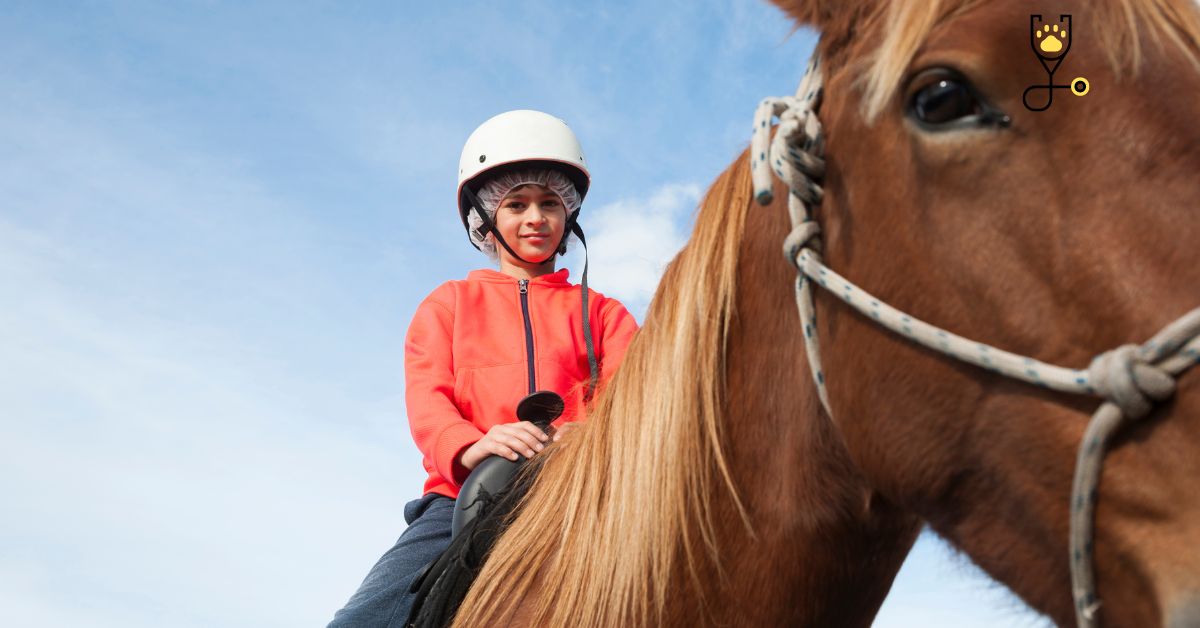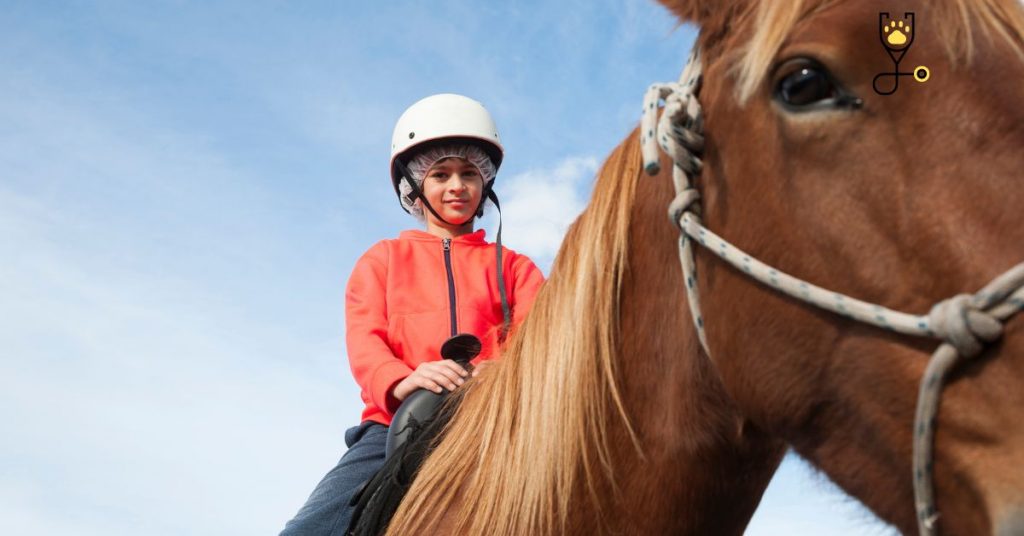If you’re like most horse owners, you want your horse to be responsive and respectful when you ask for something. One of the best ways to achieve that is through neck reining. Neck reining allows you to cue your horse using his neck and shoulder rather than using just his head and pole. This makes it a very versatile tool, especially if you’re riding Western. Here are 15 tips to teach your horse or pony how to neck rein.
Why It’s Important To Learn Neck Reining?
There are a number of advantages to teaching your horse or pony how to neck rein. One is that you can give subtle cues using your reins, which can make more challenging maneuvers much easier. Neck reining also allows you to move your horse with little effort, allowing for a smoother and less abrupt ride. It’s also much safer than relying solely on pole cues, as it gives the horse more flexibility in his responses.
Ticks To Teach Your Horse or Pony To Neck Rein?
There are a number of advantages to teaching your horse or pony how to neck rein. One is that you can give subtle cues using your reins, which can make more challenging maneuvers much easier. Neck reining also allows you to move your horse with little effort, allowing for a smoother and less abrupt ride. It’s also much safer than relying solely on pole cues, as it gives the horse more flexibility in his responses.
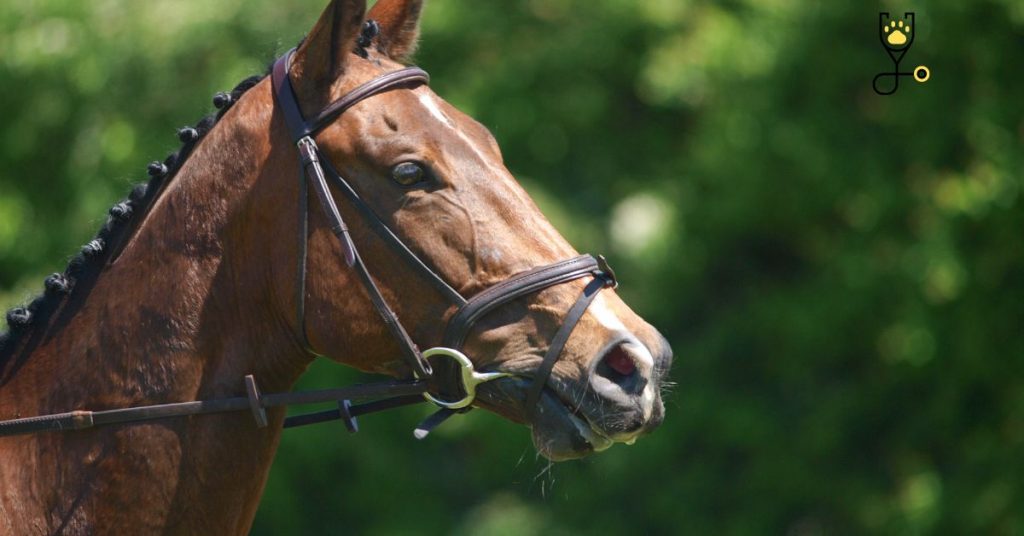
Tip 1: Start With Groundwork
As with any training, it’s important to start with groundwork so that your horse understands the basic concepts of neck reining before attempting it while mounted. Have him walk forward and backward while you apply light pressure to either side of the bridle with both hands, asking him to move his head to one side or the other. This will help him get used to the feel of the neck reining cue and how he should respond.
Tip 2: Introduce Pressure Gradually
When you’re starting out teaching your horse or pony neck reining, it’s important to introduce pressure gradually. Start with using light pressure and gradually increase it until he responds correctly. If you start too hard, he won’t understand what you’re trying to ask of him and may become resistant.
Tip 3: Practice In a Safe Environment
Neck reining can be dangerous if not done correctly, so it’s important to practice in a safe area such as a round pen or enclosed arena. Make sure that you are in control at all times, and if your horse starts to become too strong or resistant, stop the session and try again another day.
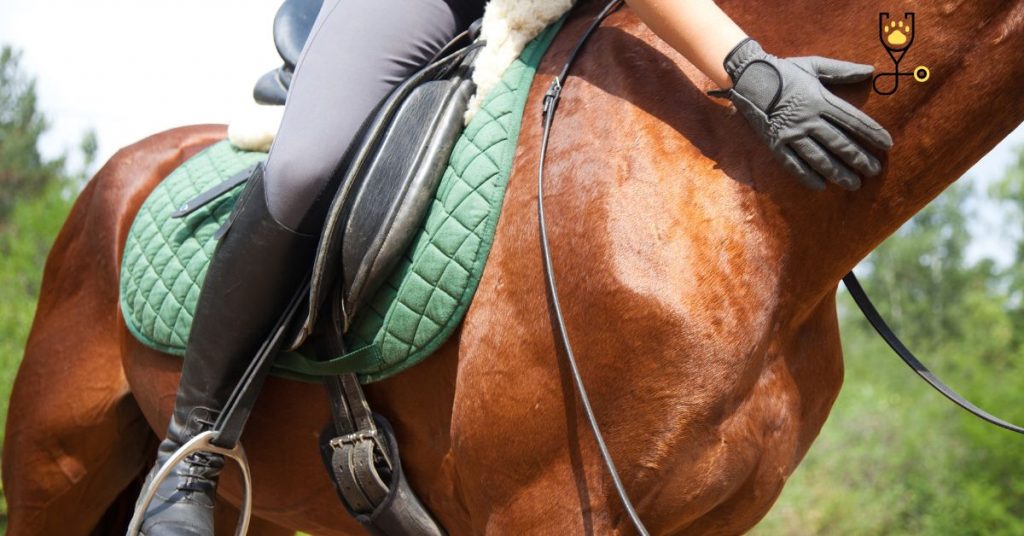
Tip 4: Use Soft Reins
Soft reins will allow for more delicate cues and will also be easier on your horse’s mouth. If your horse is having difficulty understanding what you’re asking of them, a softer rein can help make the cue easier to understand.
Tip 5: Allow Your Horse To Move His Head
It’s important to remember that neck reining isn’t just about controlling the direction of your horse or pony’s head. You should also allow him to move his head naturally as he walks or trots. This will help build his trust in the cue, as he’ll start to understand that you’re not asking him to keep his head completely still.
Tip 6: Reward and Praise
When your horse responds correctly to a neck reining cue, it’s important to reward him with a release of pressure and also praise him for doing a good job. Rewards can be anything from a treat or piece of hay to giving him some extra attention or love.
Tip 7: Stay Consistent
As with any training, consistency is key when teaching your horse or pony how to neck rein. You should practice regularly and always use the same cues so that your horse knows what you expect from him each time.
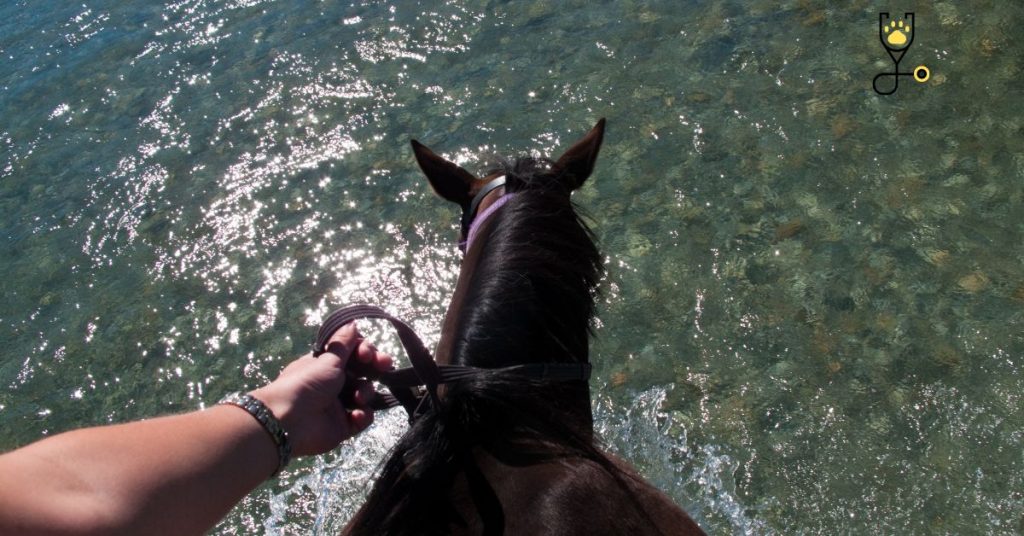
Tip 8: Be Patient
Learning how to neck rein takes time, so it’s important to be patient and persistent. If your horse isn’t responding as quickly as you’d like, take a break or try something else before coming back to the cue.
Tip 9: Use A Variety of Cues
Using different cues can help keep your horse engaged and interested in learning the neck reining cue. Try using vocal commands or body language such as shifting your weight or touching him with a crop to get his attention.
Tip 10: Make Sure You Have The Basics Down
Before attempting neck reining, make sure that you have the basics down such as walk/trot transitions, stop/go, and turning. This will ensure that your horse is comfortable with the basics before attempting a more advanced maneuver.
Conclusion
Neck reining is an important skill to have in your repertoire as a horse owner or rider. With practice, patience, and consistency you can teach your horse or pony how to neck rein safely and effectively. Remember to start slow and be sure to reward him for a job well done! Good luck!
Frequently Asking Questions (FAQs)
Q: How long does it take to learn neck reining?
A: Learning how to neck rein takes time and practice, so there isn’t a concrete answer. It may take weeks or even months depending on your horse and how quickly he picks up the cue.
Q: Is neck reining dangerous?
A: Neck reining can be dangerous if not done correctly, so it’s important to practice in a safe area such as a round pen or enclosed arena. Make sure that you’re in control at all times and stop the session if your horse starts to become too strong or resistant.
Q: What type of reins should I use for neck reining?
A: Soft reins will allow for more delicate cues and will also be easier on your horse’s mouth. If your horse is having difficulty understanding what you’re asking of him, a softer rein can help make the cue easier to understand.
Q: What rewards should I give my horse when he neck reins correctly?
A: When your horse responds correctly to a neck reining cue, it’s important to reward him with a release of pressure and also praise him for doing a good job. Rewards can be anything from a treat or piece of hay to giving him some extra attention or love.
Q: What should I do if my horse isn’t responding to the neck reining cue?
A: If your horse isn’t responding as quickly as you’d like, take a break or try something else before coming back to the cue. It’s also important to make sure that you have the basics down such as walk/trot transitions, stop/go, and turning before attempting a more advanced maneuver.
Reinforcing Your Knowledge
